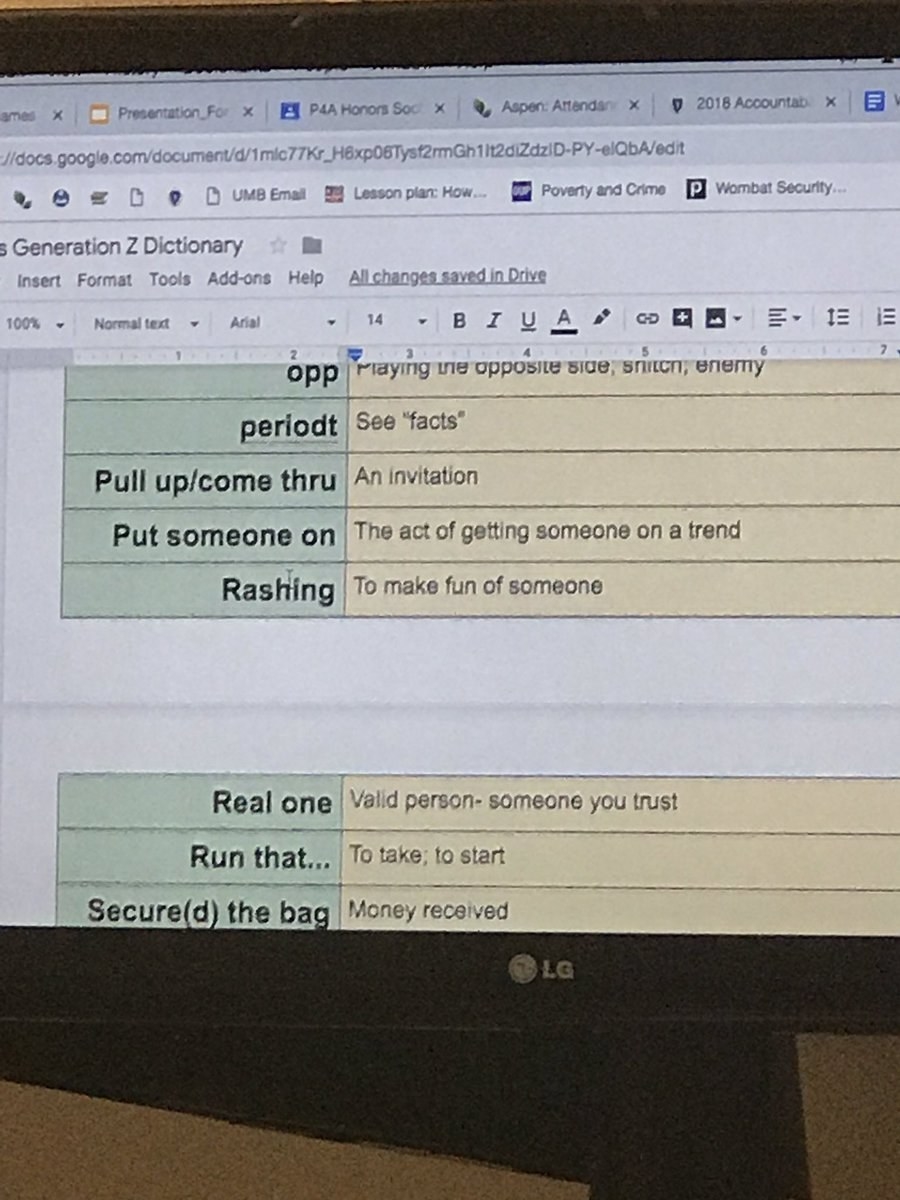

Gen Z is often criticized for its attitude towards love, commitments, and partnerships. However, like the term POV, these terms have shot up in renewed popularity due to trending video formats on the platform. For example, ‘tfw someone takes food from your plate’, which has Urban Dictionary entries that predate TikTok. TFW refers to the phrase ‘that feeling when’, which refers to an event and how that may make someone feel. POV TikTok videos place you within a situation, for example, ‘POV: you’re on the phone with your nosy aunt’, where the TikToker would make you feel as though you’re actually on the call. Meanwhile, POV has definitions in Urban Dictionary as early as 2005 however, TikTok has largely transformed the usage and frequency of the term. The phrase was only defined by users on Urban Dictionary in around 2016. Primarily used on TikTok but also across other platforms, the expression creates the feel of an inside joke or an experience limited to only those who ‘know’, creating more of a connection or sense of community between the creator and viewer. ‘IYKYK,’ a shortened version of ‘if you know, you know,’ was the second highest search query when it came to people asking Google for its meaning. There’s a rising trend toward creating posts that involve the viewer on a personal level, as can be seen from the popularity of using ‘IYKYK’ and videos involving ‘POV’ or ‘TFW’. Several people dispute the meaning of ‘so much hate’ rather than ‘shake my head’ or ‘shaking my head’, showing that it continues to perplex people. The word continues to average 273,000 searches monthly, showing that it is still commonly used and not yet widely understood. The first peak for this abbreviation (during the availability of TikTok as a platform) was in July 2016. When cross-referenced with Urban Dictionary, it’s clear this abbreviation has been around for some time, with users providing definitions as early as 2004. SMH, meaning ‘shake my head’ is used to express disappointment in someone or something. Therefore it is becoming increasingly important to understand the language used by the generation that spends time there and carries out essential tasks like shopping there.Ĭoming in at the top was an abbreviation that didn’t originate on the platform itself however, continues to baffle people when they see it. Social media increasingly affects consumer behavior, with large numbers of younger people using TikTok as a search engine for everything from clothes, holiday destinations, and restaurant recommendations rather than Google. “You’re capping, everything I’ve seen has been mid at best.”.“Alright bet, everything on my FYP has been fire.”.“Ewww no, some of Gucci’s latest drops have been cheugy, SMH”.“POV: you’ve got all the latest Gucci drip, life’s good”.We’ve also analyzed the abbreviations and phrases as TikTok hashtags to compare their in-app popularity with search volume, particularly of terms relating to the meaning of the word or phrase.Īn example conversation using TikTok slang: Even phrases that seem familiar, like ‘POV’ or being ‘the CEO’ of something, are used differently due to the social media platform.Īs such, HigherVisibility has taken a seed list of some of the most popular TikTok slang phrases and abbreviations, using Google search volume and Google Trends to create a timeline of when these words came back into circulation within the dates of TikTok’s launch or became popular for the first time. In many cases, the language used on TikTok is exclusive, resulting in people outside the platform struggling with the true meaning. However, the rise of the social media platform TikTok has compounded this effect, generating new words exclusive to Gen Z and reinventing the meaning and usage of existing slang. Slang has provided an alternate, coded means of communication for years.

Will those unfamiliar with the platform be left behind and, ultimately, out of the conversation?


 0 kommentar(er)
0 kommentar(er)
